Question
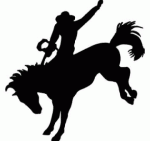 breaking yearling
breaking yearling
hello. may i know why cow boy style of breaking a yearling is outdated? i attached an image of cowboy breaking style of breaking a yearling. then, what is the latest trick of breaking a yearling
AnswerNo yearling should be broken to ride, as they are too young, both in mind and physically. It would be like asking a two year old child to move lumber around. Many trainers prefer to not even really work with a horse under the age of two much at all, as too much contact with humans can lead to a spoiled horse, or one that does not have a "fear" of the unknown, not fear as in trembling, but the same type of attitude a child has with a new teacher, rather than one that the child knows how they react and what they will put up with.
As to the breaking method of the old style "cowboy" method of breaking horses, in which a horse might be snubbed to a post, blindfolded, eared down viciously, and a saddle thrown on and a rider put on and then horse turned loose to buck until it submits in exhaustion. And too, there are some horses who will fight until they kill themselves, strangling on the snubbing rope, or having a heart attack from sheer terror. Several people who have bought mustangs from the BLM have written horror stories about them and their children being present when a wild horse did just that, while someone was trying to "cowboy" train it, and talk about the screams of the horse as it fights to free itself, and how they felt watching it fight until it died.
Although this method was used for years, (and still is to date) the problems with this type of "training" or breaking are many. And too, at the time a lot of this type of breaking was happening, the cowboys needed to get them broke quickly, and knew they would be riding the horse daily, which takes a lot of the attitude out of a horse. The old horsemen have a saying, "A wet saddle blanket takes care of a lot" and there may not have been a lot of time to work with each horse, especially when they were in the middle of trying to get 40 or so head broken.
An interesting side note here is that many of the "horse Indians" would take a horse into the water, if they could to first mount up. That kept the horse from doing as much to rid themselves of the rider, and no hard ground to land on, and less chance of horse hurting itself.
When you let a horse know that it can buck, unseating the rider, or even tossing the saddle off, then it has learned to do it, and will try it whenever it feels like it. A horse that has never learned to buck, with the intention of ridding itself of the saddle/rider, is a better horse. When we worked with young or green horses, great care was taken for them to never even realize that they could "throw" the saddle off, or the blanket for that matter. While all horses will buck, playing in the field, there is a big difference in just having fun, and trying to rid itself of a human.
Secondly, this type of "training" can result in a horse flipping itself over, possibly breaking the withers bone, which makes the horse worthless, and fit only to send to slaughter, as they will never heal from that to the point they could carry a saddle or rider. They can also strike themselves in the head, putting an eye out, hit themselves on the poll, (or top of the head behind ears) which will kill them more than likely, or breaking their neck. Even catching a leg at the right angle in a fence for instance, can stringhalt a horse, and it too will be worthless at that point, or breaking a leg, which means the horse will be put down, or a hip can be broken.
And the danger to the rider too, is very great. A broken neck, back or death can easily be the result of trying to stick on a bucking horse. A serious injury, not resulting in death, can mean months of rehab/hospitalizations, and home modifications, and if you don't have health insurance you are in real trouble.
Third, these horses broke this way, to me, can never be trusted as much as one handled gently, and trained quietly. It forms a bond with humans when the horse realizes what is going on, and is allowed to get one aspect down in it's mind, before introducing another. That gives a firm foundation to build on, and means that you can progress with a horse's training through the years.
There are no "tricks" to good horsemanship, or horse training. Just decent horse handling skills, kindness, calmness, and repetition.
And knowing each breed's differences is also important when working with horses. Some breeds mature later than others, like Lipizaners, who are started around 4 or 5. Some horses are "hot"; Arabians, Thoroughbreds, Saddlebreds, and their reactions are different from Quarter Horses, Morgans, and both of those are different from the draft breeds, such as Belgians, or Percherons, or Clydesdales. And some bloodlines within each breed are known for their temperment. A good horseman will know that, or inquire of others who have worked that family.
And when working with horses, as in any animal, or human, you have to realize when you are asking too much, too fast and know when to back off and give the animal some breathing room, each horse has to be evaluated continually as to whether they can pick up new things, or need to be worked with longer on an aspect of training.
A good book, if you like to read, is by Colonel Alois Podhajsky, of the Spanish Riding School, in Vienna Austria. He saved the breed with the help of the U.S. Army, and General George S. Patton, during the last days of WW II. He discusses some of the ways the Lipizaners are trained, and the training that the riders must go through to be able to ride. Another set of books I highly recommend are by Mark Rashid, (although the one where he gets into martial arts kind of gets off track with horses). Some of the titles are A Good Horse is Never a Bad Color, Lessons from a Ranch Horse, and Considering the Horse which is his first one and my favorite, and really makes you look at things from a horse's eyes.
While there are currently many trainers who do clinics, I have never seen anything to do better than the way the Master Horsemen I grew up around trained. Their horses were sensible, well trained, and dependable.
The best way to describe the two types of "breaking" or training horses would be to put you in their place.
If I was teaching you, would you rather I scare you to death, screaming and hitting, and encouraging you to run to get away from me, to the point you are willing to kill yourself? Or would you rather I showed you what I wanted you to learn in a calm easy manner?
If you do like to read, please let me know, as I have many other suggestions for a reader. Black Beauty for instance, was written to protest the horrible way cart horses were treated in the 1800's as is another book by the same author, Beautiful Joe, which is about the cruel treatment of dogs. That author is a forebear of Cleveland Armory who founded Black Beauty animal sanctuary, and wrote about The Cat Who Came For Christmas, and several sequels. Very good books all.


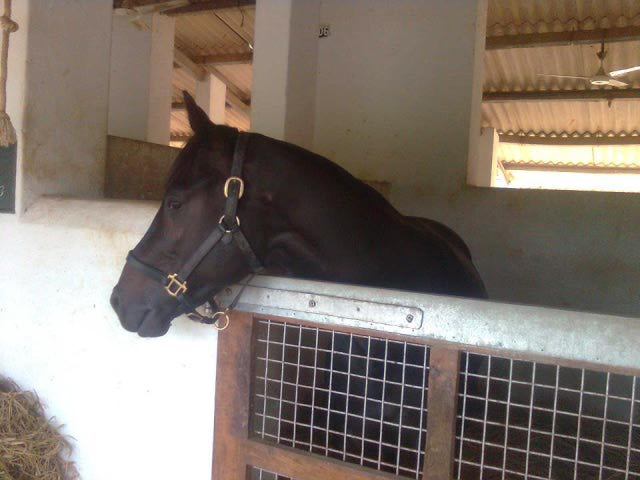 turning the face towards wall
Question
shy horse
hello maam, when i approache
turning the face towards wall
Question
shy horse
hello maam, when i approache
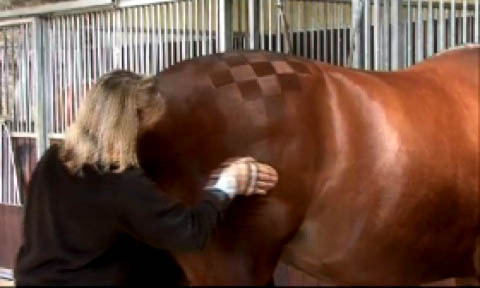 quarter marks on horses
Question
quarter marks on horse
hello sir. may i
quarter marks on horses
Question
quarter marks on horse
hello sir. may i
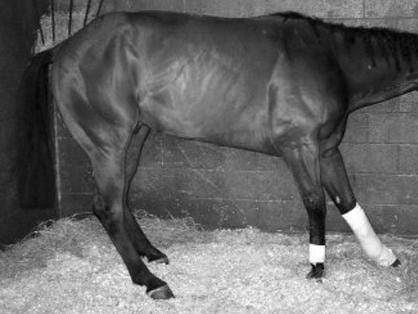 laminitis affected which leg
Questionlaminitis which leg
QUESTION: hello maam
laminitis affected which leg
Questionlaminitis which leg
QUESTION: hello maam
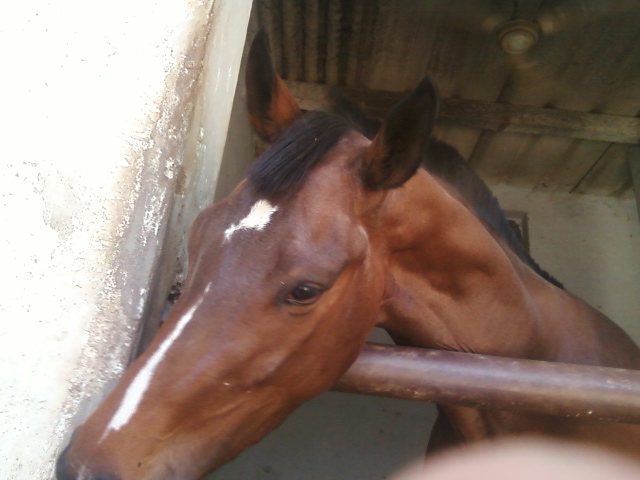 filly with red eyes
Question
red eyes
hello maam, this is the photo
filly with red eyes
Question
red eyes
hello maam, this is the photo
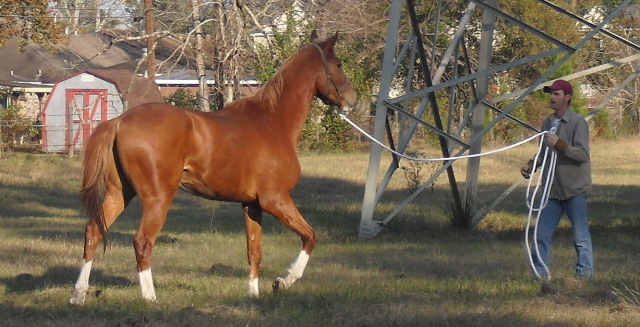 Habits/Routine
Question
Jasper
I have a 3 yo TB that we purchased a mo
Habits/Routine
Question
Jasper
I have a 3 yo TB that we purchased a mo